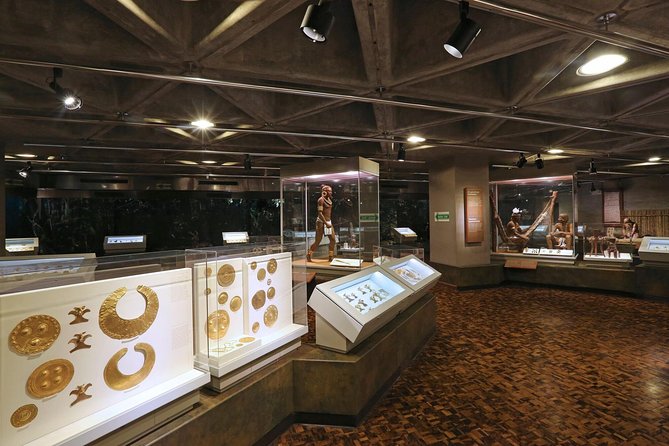A Glittering History
Costa Rica, a land known for its stunning natural beauty, also harbors a gleaming history in the form of pre-Columbian gold artifacts. They offer a window into the lives and beliefs of the ancient peoples of this region.
If you are also waiting to dig up your first pot of gold, play the real cash andar bahar game to try your luck! Then let’s dive in, and get inspired to become a digital miner of the 21st Century.
Spiritual and Social Significance
Gold back then was much more than a symbol of wealth. It held deep spiritual significance. Leaders and high-ranking individuals wore it as jewelry as a display of status and power. They were believed to own spiritual energies, connecting the wearer with divine forces.
Techniques of the Trade
The art of goldsmithing there dates back to around 300 AD. Ancient craftsmen were skilled in hammering, embossing, and lost-wax casting. Their expertise allowed them to create intricate designs.
These included animal figures, spiritual symbols, and geometric patterns. These items held significant spiritual and social meaning. The methods used were advanced for their time. The lost-wax casting process was an especially complex one.
It involved creating a model of the object, encasing it in clay, then melting the wax away. Then they poured the molten liquid into the cavity left behind. This allowed for the creation of very detailed and intricate designs.
Symbolism
The symbolism in their artifacts is deep and varied. Animals like frogs, jaguars, and birds were common motifs. They each represented different aspects of life and spirituality. The jaguar symbolized power and strength. Birds were often seen as the connection between the earthly and spiritual realms.
Ceremonies and Rituals
Gold played a crucial role in various ceremonies and rituals. It was used in burial rites, with objects placed alongside the dead. This precious metal was believed to assist the soul in its journey to the afterlife. Other uses included offerings to deities and adornments worn during religious ceremonies.
Discovery and Preservation
Many of the relics were first discovered in the late 19th and early 20th centuries by archaeologists. The impact this had was profound. It influenced trade, social hierarchy, and even inter-tribal relations.
They exchanged it for other valuable goods like jade, pottery, and textiles. Efforts to preserve and study these antiques have increased in recent years. Academic research continues to uncover new information about their origins.
Museums around the world are involved in the conservation and display of these pieces, in places such as the Pre-Columbian Gold Museum in San José.
Artistic Expressions and Innovations
Their creativity was an expression of their worldview and artistic vision. They innovated ways to create alloys. A combination of gold with other metals to achieve varying hues and strengths.
These reflect a deep understanding of metallurgy. There’s also evidence of them being colored through a process known as depletion gilding. This enhanced their visual appeal and significance, especially over time.
The Impact of European Contact
The arrival of Europeans in the 16th century had a huge impact on the indigenous cultures of the land. The Spanish conquest led to the loss of many treasures.
It affected the production and use of the metal in the entire region. Despite this, some aspects of the tradition survived. Yet it morphed under the influence of European craftsmanship and designs.
A Legacy of Splendor
By studying these riches, we gain a deeper understanding of the artistic prowess of a nation. Their legacy continues to shine, offering an unbroken link to a past that remains as mysterious as it is fascinating.


1 comment
[…] Source link […]